In the first part of Wearisma’s two-part series on the new Emoji Cloud, we explore the dominance of emojis as a powerful element of social media communication, highlighting their ability to enhance engagement across platforms and their role in humanizing content. The ‘Heart’ emoji (❤️) tops the list globally, with women showing a higher affinity for it, while men notably prefer the ‘Heavy Minus Sign’ (➖). Stay tuned for part two, where we’ll delve into the most popular emojis among influencers in five regions.
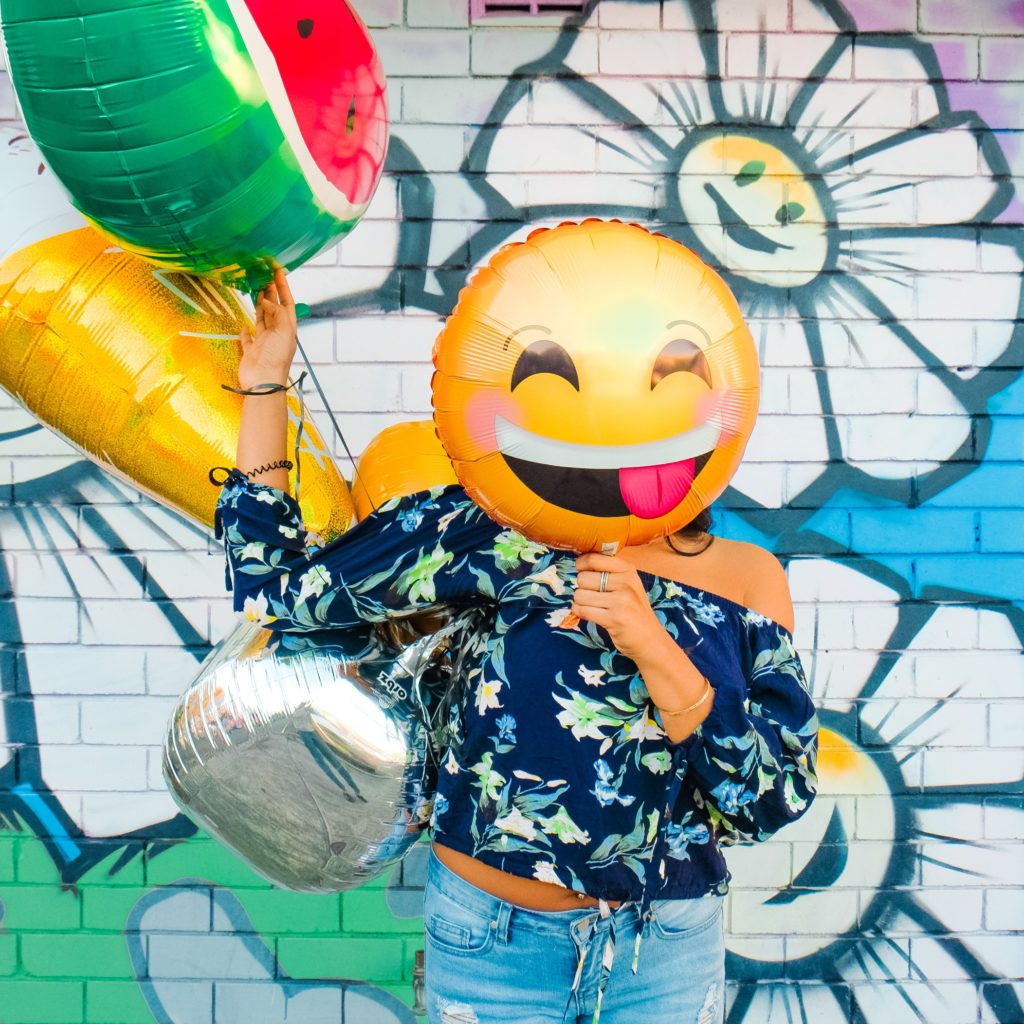
Published On: April 10, 2019
In the first of a two-part series celebrating the launch of Wearisma’s new Emoji Cloud which allows users to see how audiences are responding to Influencer content, we have revealed the most popular emojis in January 2019.
Once hailed as one of the world’s fastest growing languages, Emojis (i.e. picture-words) have solidified their position as a “quintessential element of social media communication”. Research has found emojis to be more “appealing, more nuanced, and more meaningful” than text suggesting that they play a key in the structuring of social media conversations. With many consumers demanding for increased levels of personable content it’s interesting to know that studies have found a smiley face online to be equivalent to looking at a smiling face in real life. The way that emoji’s humanise content could also explain research which found that messages including emojis are significantly more memorable than those without.
Emojis role in creating more humanistic experiences has resulted in increased engagement across all social media platforms. Instagram posts using emojis get 17% more engagement, tweets with emojis saw 25% more engagement, and on Facebook, emojis result in 57% more likes, 33% more comments, and 33% more shares. A study by Braze also found that brands using emojis in their marketing campaigns saw a year-over-year growth of more than 770%.
With a further 230 new emojis being deployed this year, it important for brands to determine the popularity and usage of emojis globally and by gender.
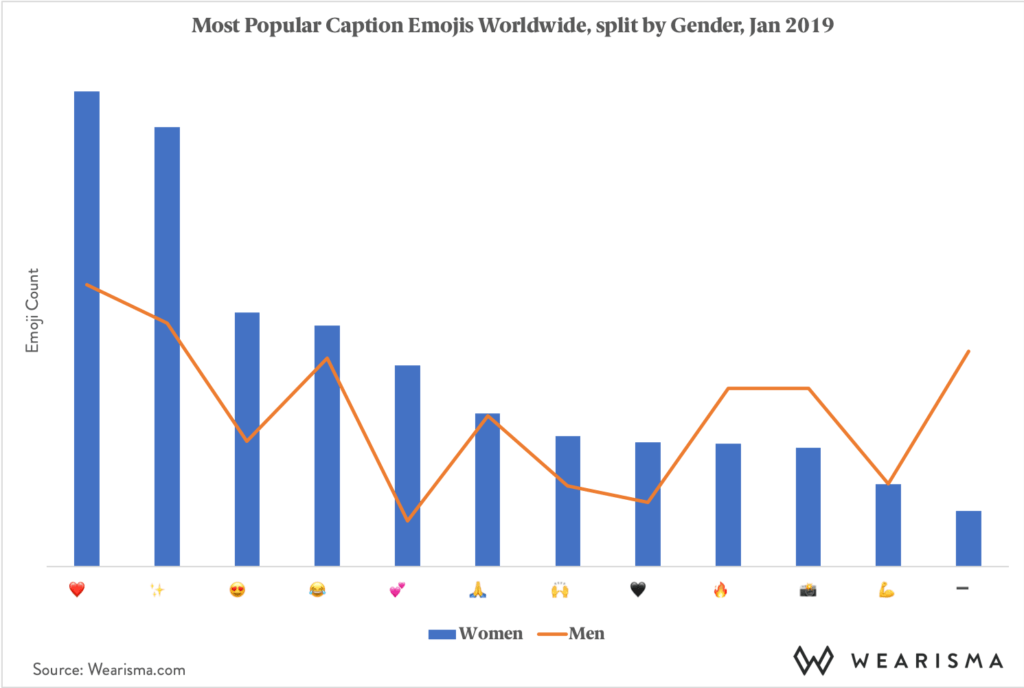
When looking globally, the heart emoji (❤️)reigns supreme for both men and women however, closer inspection reveals that women are more predisposed to using it.
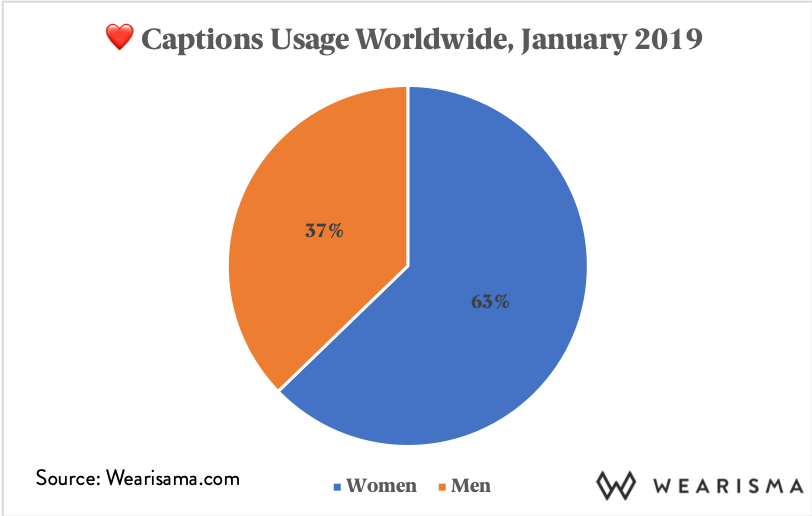
The biggest difference between men and women in the top ten list is for the ‘heavy minus sign’ (➖) with men being more predisposed to featuring it in their captions than women.
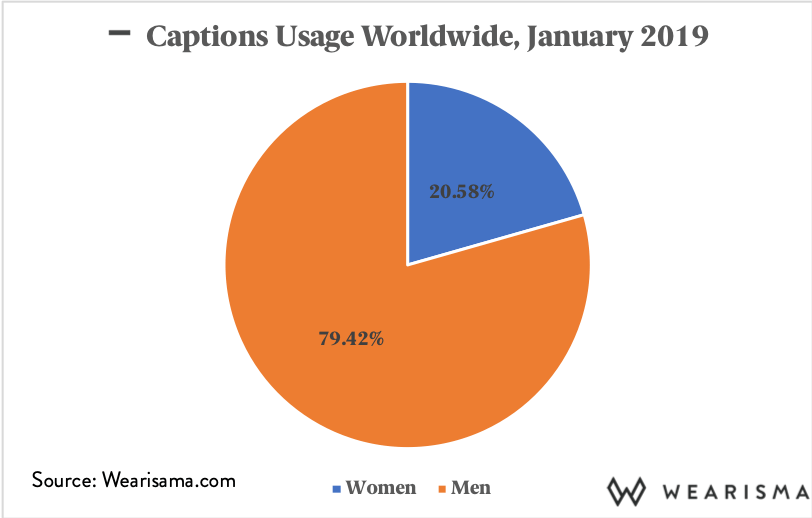
Stay tuned for the second part of our series where we will reveal the most popular emojis among Influencers in 5 different regions.
Keep informed with the latest trends, reports, and case studies from the world of influencer marketing.

Both influencer marketing and traditional advertising can achieve broad reach and foster trust—yet they do so with different strengths and challenges. Influencer marketing builds trust through personal, authentic endorsements that resonate with targeted audiences, often leading to higher engagement and a sense of community. Traditional advertising, on the other hand, leverages the credibility of established platforms and can quickly raise brand awareness across a wide audience.
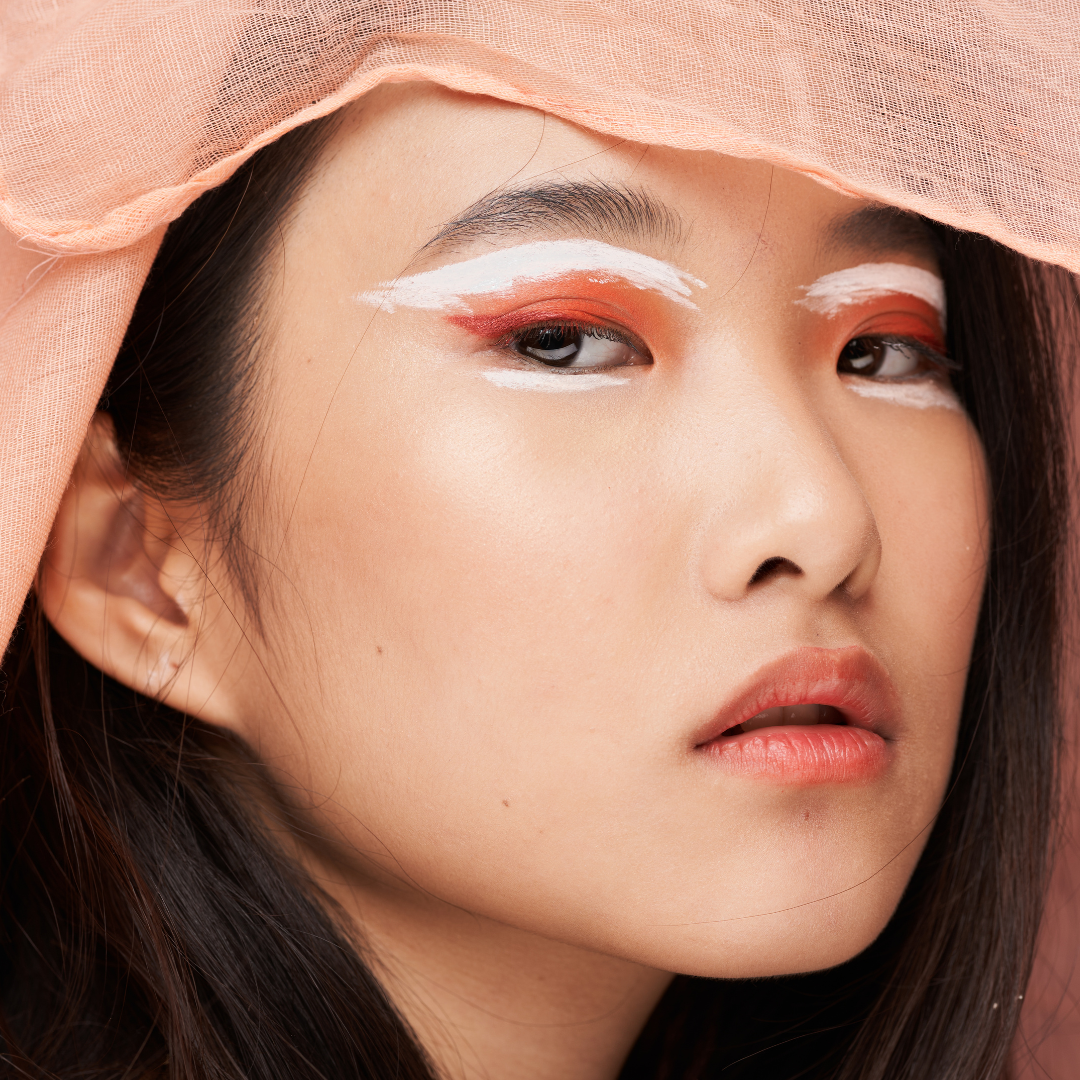
Stay up to date with the latest industry trends and topics
Discover how WeArisma can help you harness the power in influence, grow your brand’s presence, and achieve measurable success.
WeArisma is a specialist in precision earned media and influencer marketing trusted by leading brands and agencies globally. We leverage cutting-edge AI and unparalleled global data and insights to predict creative strategies that drive brand influence, grow communities, and optimize business results—removing guesswork, reducing risk, and ultimately driving real business growth.